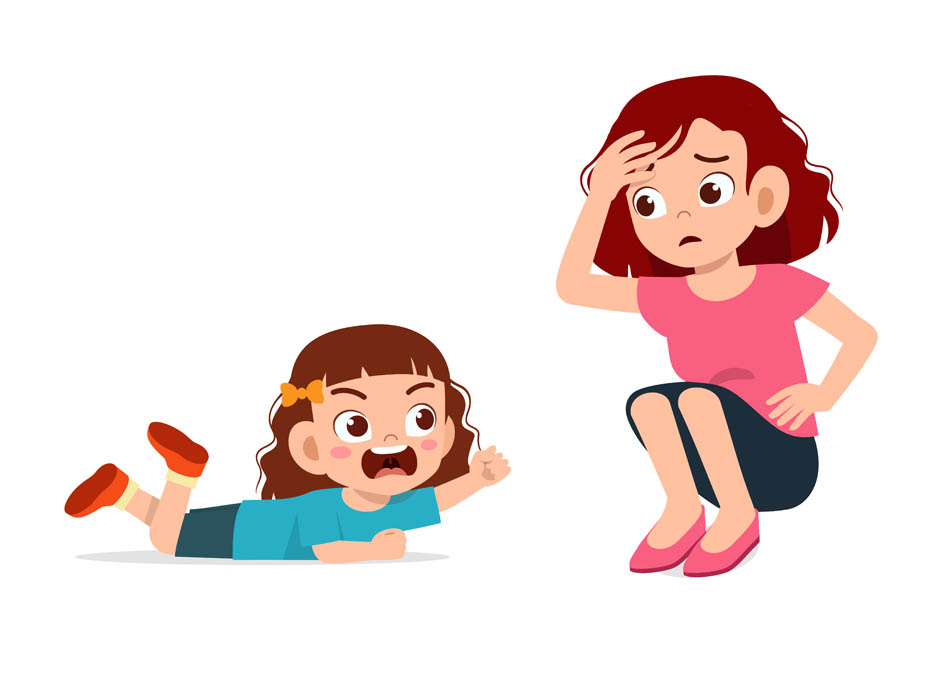What Everybody Ought To Know About How To Handle A Tantrum

When kids get attention for tantrums, they are more motivated to keep having them.
How to handle a tantrum. Later, when your child is quiet and calm, talk to them about their earlier behavior. However, the tantrum stage can stretch to age 4. If you have a big reaction (frowning, shouting, getting upset), your child is likely to get even more riled up, making it harder for her to calm down.
How to respond during a temper tantrum. Parents often refer to the “terrible 2’s.”. Any behavior that gets attention will continue.
Talk with your child about what “getting frustrated” looks like from your point of view. Or perhaps you noticed an uptick in tantrums at a time of transition, like welcoming a new baby into the family. One reason for this is toddlers want to express themselves, but find it difficult.
When a tantrum happens, these 3 steps might help you both. Instead, give attention to your child when they do something good. Typically, the best way to respond to a tantrum is to stay calm.
Show approval when your child behaves well. Do notice the triggers do tantrums strike when your child is hungry, thirsty or just plain bored? Temper tantrums are common in young children between the ages of 1 and 3 years.
This can include hugs, smiles, and. Lockhart, psyd, abpp skynesher/vetta/getty images table of contents reasons for tantrums prevention don’t give in reward good behavior provide negative consequences When a child is having a hard time, she needs you to be her rock.
Acknowledge your child's wish. Validating someone's emotions means acknowledging them. They feel frustrated, and the frustration comes out as a tantrum.
Behaviour temper tantrums temper tantrums usually start at around 18 months and are very common in toddlers. Reward your little one with praise and attention for positive behavior.
Older children might have tantrums because they haven’t yet learned safe ways to express or manage feelings. Give plenty of positive attention. When a task is completed without disruption, place a sticker or check mark on the chart to.
If you respond with loud, angry outbursts, your child might imitate your behavior. Keep yourself calm and present in the face of the tantrum. However, don't feel that if one child tantrums more than another that you aren't providing enough attention.




_Final.jpg?MOD=AJPERES&CVID=)













